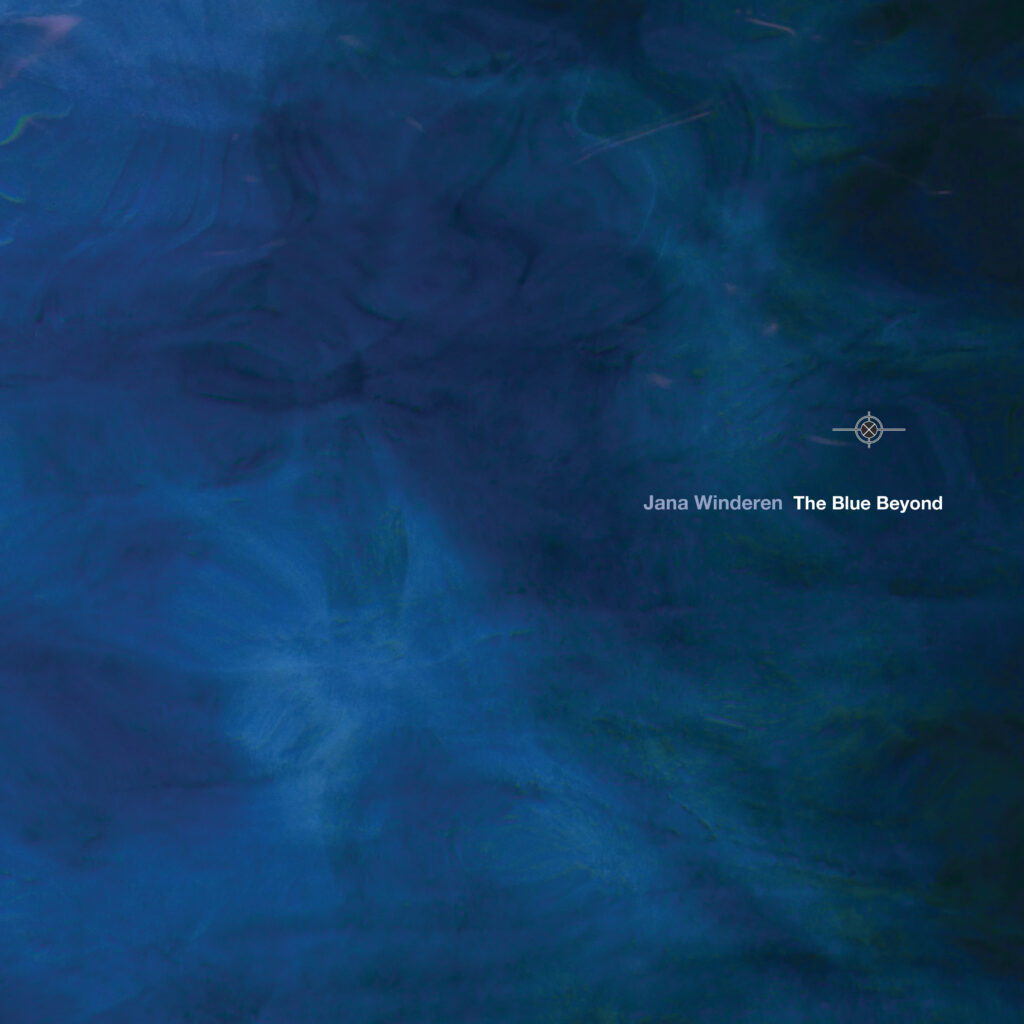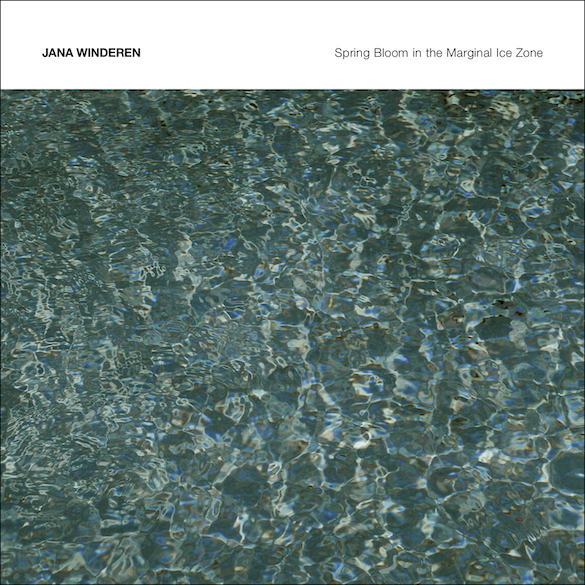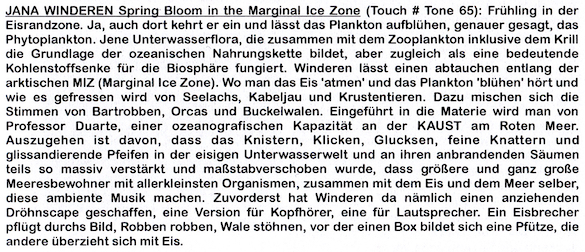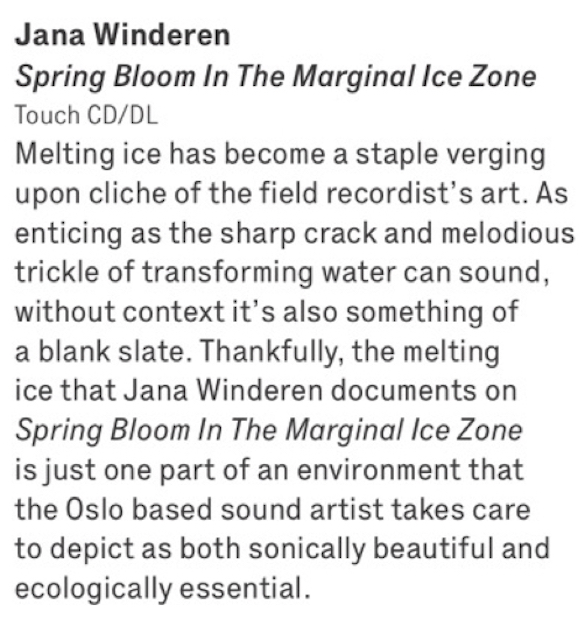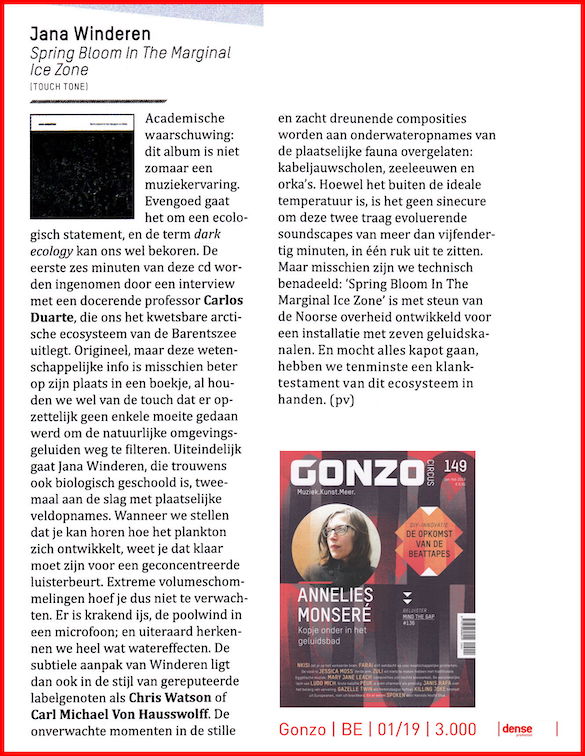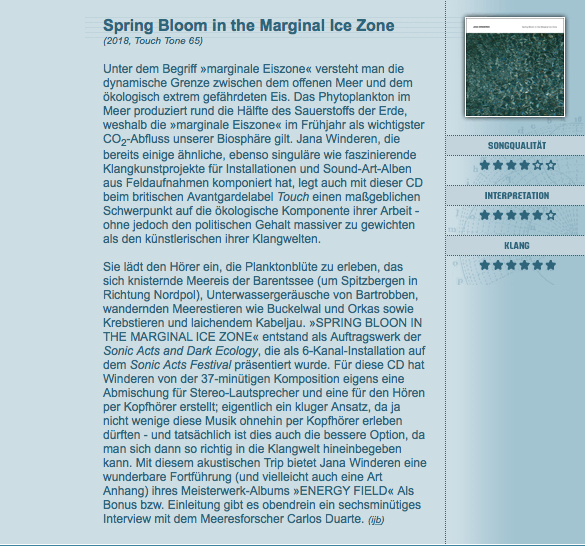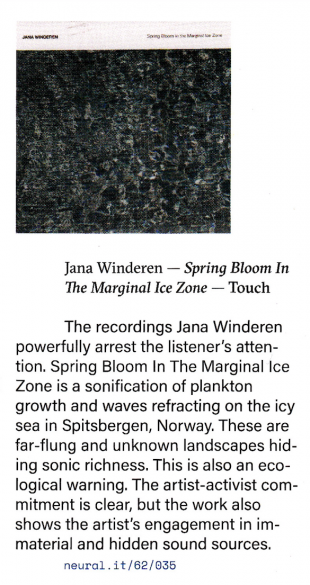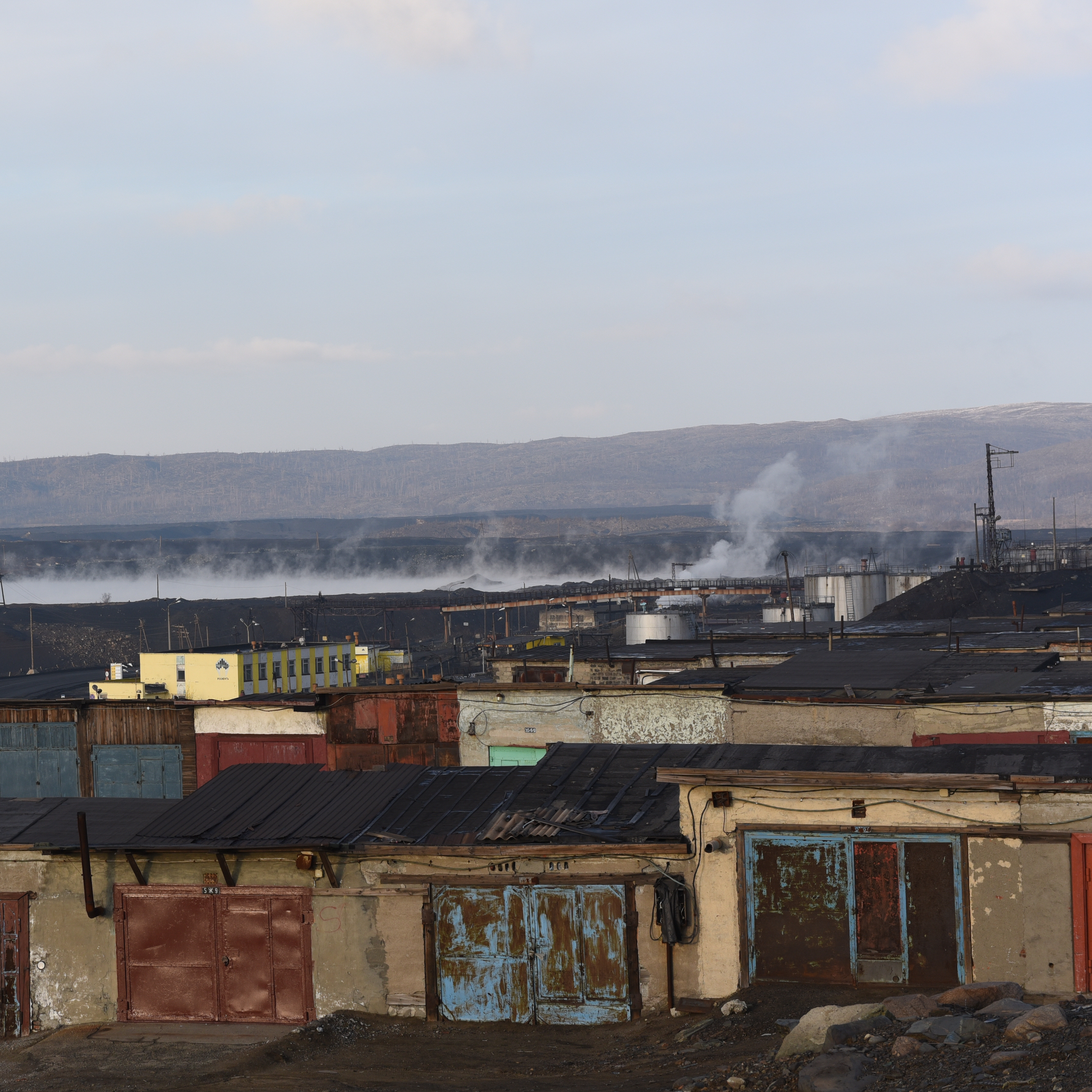Vinyl LP with Fine Art Print – 2 tracks.
Release date: 4 August 2023. Buy ‘The Blue Beyond’ on Bandcamp.
Mastered and cut by Jason at Transition.
Artwork and photography by Jon Wozencroft.
Commissioned by Audemars Piguet Contemporary.
Track listing:
A: The Art of Listening: Under Water
B: Du Petit Risoud aux Profondeurs du Lac de Joux
Edition of 1000 copies, the first 100 copies numbered and signed by the artist.
The record offers edits of two sound compositions for installations, ‘Du Petit Risoud aux Profondeurs du Lac de Joux’ (2019) and ‘The Art of Listening: Under Water’ (2019).
‘Du Petit Risoud aux Profondeurs du Lac de Joux’ was first presented at Art Basel in Basel from 13 to 16 June 2019. A live performance of the piece was given at HEK (House of Electronic Arts Basel) on 11 June 2019. ‘The Art of Listening: Under Water’ (2019) was first presented in the Rotunda, Collins Park, Miami Beach, in the context of Art Basel in Miami Beach, from 4 to 8 December 2019. ‘The Art of Listening: Under Water’ installation was made in collaboration with Tony Myatt. It travelled to the Lenfest Center for the Arts, Columbia University School of the Arts, New York, from 3 to 13 February 2022.
Winderen’s practice focuses on sound and knowledge production. The artist seeks to raise awareness of the environmental issues we face as a society.
Audemars Piguet Contemporary collaborated with Winderen on two new sound installation compositions. The first, ‘Du Petit Risoud aux Profondeurs du Lac de Joux,’ was developed during two field trips to Le Brassus in the Vallée de Joux, at the heart of the Swiss Jura, where Audemars Piguet has been based since 1875. On these trips, Winderen captured sounds in the waters of the Lac de Joux and in the Risoud forest.
When Audemars Piguet Contemporary invited the artist to present a second composition for exhibition in Miami Beach, Winderen proposed a site-specific sound environment. For ‘The Art of Listening: Under Water,’ Winderen used sounds recorded in the Atlantic Ocean in the Miami area, as well as sounds from the Barents Sea around the North Pole and the Tropical Oceans to expose the constant underwater presence of human-created sound today.
In both pieces, the artist offers a unique opportunity to listen closely to the underwater inhabitants of a specific region and to reflect on how human activity interacts and interferes with aquatic and also terrestrial life in a seemingly beautiful and visually calm environment.
Jana Winderen often draws the fish, amphibians and plankton she meets. This release also consists of a drawing of two fish that probably would never meet; the pike from the freshwater Lac de Joux in the Jura Mountains and the snapper from the saltwater environment by Miami.
Reviews:
a closer listen (USA):
While spinning The Blue Beyond, I couldn’t help but hope that Jana Winderen and Manja Ristić might one day meet and become friends, if they haven’t already. The distance from Oslo to Belgrade is approximately 2500km, but the interests of these sound artists align. They share a fascination with underwater sound, turning a keen ear to sounds occurring beneath the surface: brine shrimp, coral reefs, shifting seabeds but they also share a deep concern for the scourge of noise pollution: sand pumps, motors, industrial dumping.
If humans beings are incensed by the cacophony of construction, lawn work and traffic, why would we suspect sea creatures to be any different? The deep agitation caused by noise pollution affects feeding patterns, breeding and migration and while humans can at least complain, sea creatures can do nothing but endure. A plane flying overhead may be a minor annoyance to us (and especially to most field recordists), but a constant parade of motorboats over a mating ground leads to fewer children and in some cases, extinction.
In The Blue Beyond, the intrusions are always near, but seldom dominant, like annoying neighbours who at least stay on their side of the fence. Unfortunately, their noise becomes our noise, and in this case, we are the annoying neighbours. Engines can be quieter (think of stealth submarines), if only the manufacturers might find the motivation. On Side B, the biophany decreases every few minutes as the anthropophony increases, in the same way as all conversation ceases when a fire engine races by. But whenever there is no human intrusion, the richness of the sonic tapestry is revealed.
‘Du Petit Risoud aux Profondeurs du Lac de Joux’ was recorded in the waters and forest of the Swiss Jura, the first of two commissioned pieces by by Audemars Piguet Contemporary. The piece begins in innocence, with lapping waves, cawing birds and underwater crackle (sonically close to the sound of fire). At times, the wind produces a drone; but what do ocean dwellers know of wind? Only a minute in, the first motor arrives, and is noticed. The local citizens react, as does the home listener. On the LP, the sound is as soft as an old refrigerator hum; in real life, it may have been deafening. Scant minutes later, the relatively benign sound of chimes precedes a louder engine, creating a stark contrast. The forest creatures emerge in its wake. Winderen’s composition highlights the pas de deux, the interaction noticed by only one party, the other impassive.
‘The Art of Listening: Under Water’ was recorded earlier, but appears here on Side A. This piece combines recordings made in the Barents Sea and the Miami Beach area with ‘Tropical Oceans.’ Impressively, the piece was presented in Miami Beach, one of the most commercialised slices of real estate on the planet. (Think spring break, Heat culture, an influx of tourists and Miami beats compilations.) Will the local human beings, known for being anything but subtle, respond to such a warning? They should, as their seemingly carefree mode of life has already been affected. Only one week ago, the local water temperature hit a record 97 degrees (36C), affecting the local coral, algae and sweltering fish. The sea mammals at the center of the composition seem to be crying, although we know we are anthropomorphising; if they are not boiling in Miami Beach, they are losing their glacial habitats at the North Pole. Even Santa is sweating.
The last sounds on Side B are those of buzzing bees and a passing plane. While the bees take the foreground, the plane has the final word. There will be another plane; but one day, there may be no more bees. [Richard Allen]
Norman Records ALBUM OF THE WEEK
Bandcamp (USA):
Jana Winderen’s work is quite literally immersive: with a background in fish ecology, she records underwater environments to bring awareness to human impacts on aquatic wildlife. The Blue Beyond collects two pieces commissioned for Art Basel events in Basel, Switzerland, and Miami Beach, Florida. ‘Du Petit Risoud aux Profondeurs du Lac de Joux’ was recorded in the Risoud forest and the Lac de Joux in the Swiss Jura and combines terrestrial birdsong and insect chirps with the waves of the lake to create a calm, meditative soundscape. ‘The Art of Listening: Under Water,’ meanwhile, features recordings from the Atlantic Ocean around Miami, the Barents Sea near the North Pole, and tropical oceans. Ocean sounds, from the chittering of small sea creatures to the groaning calls of seals, interact with those of unknown origin—at times, there are mechanical clanks and hums; at others, persistent guitar-like buzzing. While sonically fascinating, this is also an alarming demonstration of the effects on marine animals’ ability to communicate as their habitats are filled with artificial noise. [Matthew Blackwell]
Bandcamp: Best Field Recordings of 2023
Jana Winderen’s subaquatic field recordings have already produced several classics in the genre, and The Blue Beyond adds to her impressive discography. Comprising two pieces commissioned for Art Basel events in Basel, Switzerland, and Miami, Florida, it features animal sounds taken from site-specific locations in the Alps and the Atlantic Ocean. ‘Du Petit Risoud aux Profondeurs du Lac de Joux’ begins on land with sounds captured in the Risoud forest before submerging into the Lac de Joux, where we hear strange insects along with the rumbling of a boat engine. ‘The Art of Listening: Under Water’ combines recordings from the Atlantic, the Barents Sea, and several tropical oceans. Amid the crackling of tiny sea creatures is a persistent buzzing like an EBow on a guitar—evidence of man-made mechanical interference. The Blue Beyond provides a startling glimpse into environments that none of us are likely to visit, but where humans nonetheless have an outsized impact. [Matthew Blackwell]
A Closer Listen (USA):
When diving below the surface, one is amazed at the wealth of sounds and the distance at which they travel. For decades, Jana Winderen has been exposing these sounds to ears above water. The two installation works on The Blue Beyond serve as a celebration of marine activity and a warning about sonic pollution; if the sound of motors is unwelcome to those listening to a record, imagine how threatening it might sound to a resident of the seas. [Richard Allen]
Neural (Italy):
The Blue Beyond includes two compositions the Audemars Piguet Contemporary, a prestigious Swiss watchmaking company, commissioned to the artist Jana Winderen. In the first track, “The Art of Listening: Under Water”, the idea she developed was a sound environment with the record of sounds in the Atlantic Ocean in front of Miami, and in the Barents Sea around the North Pole and the tropical oceans, with the goal to underline the constant submarine presence of sounds the man created. The final installation was made in partnership with Tony Myatt, a sound artist, engineer and academic, a specialist in the production of spatialized audio and presented at the Art Basel Miami. “Du Petit Risoud aux Profondeurs du Lac de Joux” was developed during two sound explorations in Le Brassus in the Vallée de Joux, in the heart of the Swiss Jura, where Audemars Piguet is based since 1875. In these excursions, Jana Winderen captured the sounds of the waters at the Lac de Joux and in the Risoud forest. In both the compositions, the experimenter works to make us listen carefully to the sound emissions of the underwater inhabitants of a specific region, implicitly suggesting that, as in every environment, the human activity interacts and interferes with the water and terrestrial life. An operation that paradoxically made possible the meeting of two different species of fishes, the freshwater pike of the Lack of Joux and the snapper of Miami, who lives in the salty waters. Thanks to its techniques that stimulate the collective imagination, the art makes potentially possible any meeting, and already the paleolithic ancestors were worrying for the extinction of their preys, while the first farmers must be committed to keep the soil fertile. The theme of environmental sustainability is a complex concept, that needs adaptations and solutions that might go beyond the momentary trends, showing the contradictions between what we do and what we can later observe in nature. In this record the beauty of the result, full of sophisticated and slightly disturbing sequences, makes us think in a sensorial manner about this kind of contradictions. [Aurelio Cianciotta]











